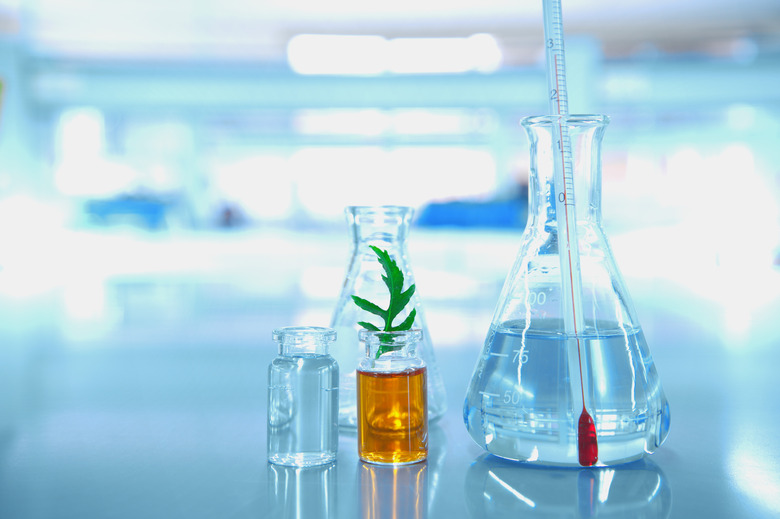How To Calculate Equilibrium Constant
Given a balanced reaction aA+bB ⇋ cC+dD, the equilibrium constant Kc, sometimes written Keq or just K, is defined as
[C]c[D]d ÷ [A]a[B]b,
where [C] and [D] are the equilibrium molar concentrations of the products and [A] and [B] are the equilibrium molar concentrations of the reactants, with concentrations in moles per liter (mol/L). K itself has no units.
Large values of K, such as 1,000 or greater, mean that a reaction has gone nearly to completion at equilibrium and little of the reactants remains. Conversely, a small value of K, 0.001, implies that the reaction has not proceeded to a significant extent. Importantly, K is temperature-dependent.
Example of an Equilibrium Constant Calculation
Example of an Equilibrium Constant Calculation
A mixture of 0.200 M NO, 0.050 M H2, and 0.100 M H2O is allowed to reach equilibrium. At equilibrium, the concentration of NO is found to be 0.080 M.
The value of the equilibrium constant Kc for the reaction
2 NO + 2 H2 ⇋ N2+2 H2O
is [N2][H2O]2 ÷ [NO]2[H2]2
Create an ICE chart:
NO H2 N2 H2O
Initial 0.100 0.050 0 0.100
Change -2x -2x +x +2x
Equilibrium 0.070 ? ? ?
First, solve for x:
0.100 – 2x = 0.070, so x = 0.015. This means the equilibrium concentrations of H2, N2, and H2O are 0.020, 0.015 and 0.130 respectively (read down the columns).
Substitute these into the equation for K:
[0.015][0.130]2÷ [0.070]2[0.020]2 = 0.0002535 ÷ 0.00000196 = 129.3 or 1.29 x 102
References
Cite This Article
MLA
Beck, Kevin. "How To Calculate Equilibrium Constant" sciencing.com, https://www.sciencing.com/how-to-calculate-equilibrium-constant-13710478/. 23 March 2018.
APA
Beck, Kevin. (2018, March 23). How To Calculate Equilibrium Constant. sciencing.com. Retrieved from https://www.sciencing.com/how-to-calculate-equilibrium-constant-13710478/
Chicago
Beck, Kevin. How To Calculate Equilibrium Constant last modified March 24, 2022. https://www.sciencing.com/how-to-calculate-equilibrium-constant-13710478/
